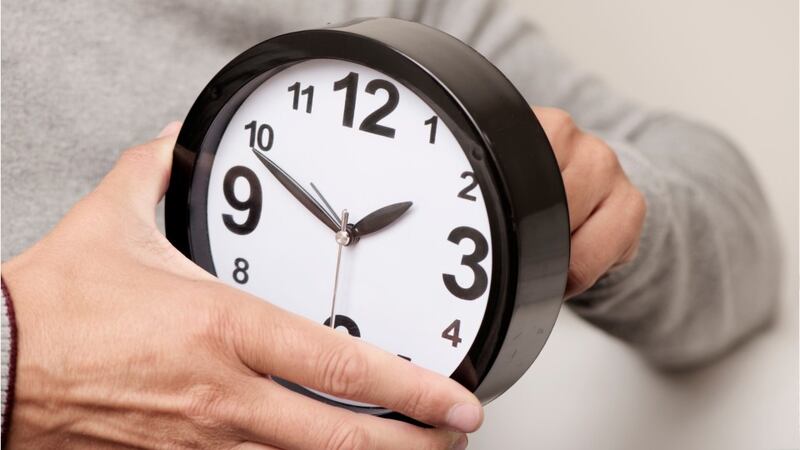You have probably noticed that the sun is setting a bit earlier these days. There’s a good reason for that.
It’s fall.
In addition to the change of season, we are coming to the end of daylight saving time.
If you remember, daylight saving time began last March when we “sprung forward,” setting our clocks forward one hour.
Soon, it will be time to get that hour back by setting our clocks back one hour.
Here’s a look at daylight saving time and why we do it.
What is daylight saving time?
We can blame New Zealand entomologist George Hudson for daylight saving time. He wanted extra hours after work to go bug hunting, according to National Geographic, so he came up with the idea of just moving the hands on the clock. William Willett, who is the great-great-grandfather of Coldplay's Chris Martin, according to the BBC, arrived at the same idea a few years later and proposed moving the clock forward in the spring and back in the fall in his work, "British Summer Time."
Willett’s idea was picked up a few years later by the Germans who used it during World War I as a way to save on coal use. Other countries would soon follow suit.
In the U.S., DST was signed into law by President Woodrow Wilson in 1918.
Why did the U.S. do it?
The idea of setting clocks ahead in the spring was pitched as a way to help farmers with crops and harvesting. In reality, it was department stores behind the push for adjusting clocks, looking for another hour of shopping time in the afternoon and evenings.
Others have argued that DST saves energy. A 1975 study by the U.S. Department of Transportation showed that DST accounted for a savings of about 1% a day in electricity use.
While most of the country and about 40 percent of the world use DST, there are some exceptions. Two states – Arizona and Hawaii – and several territories don’t fall back or spring forward with DST.
Will we keep it?
It’s likely that most U.S. states will continue the practice of changing the clock twice a year, though some state legislatures have discussed ending the practice.
When does it end?
This year, DST ends on Sunday, Nov.3, at 2 a.m. At that time most of the U.S. will set clocks back one hour.
When does it begin again in 2020?
DST will begin anew on Sunday, March 8, 2020.
TRENDING NOW:
- Port Authority bus, with passenger on board, swallowed by massive sinkhole downtown
- 1 killed, several hurt, including newborn, after gunfire leads to crash on Route 30
- Neal Huntington reportedly out as Pirates GM
- VIDEO: More than just medicine collected during Prescription Drug Take Back Day
- DOWNLOAD the Channel 11 News app for breaking news alerts
Cox Media Group







